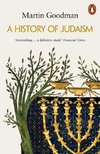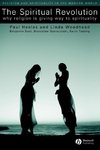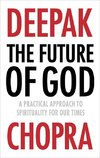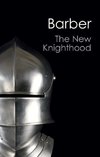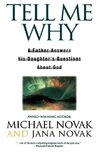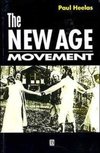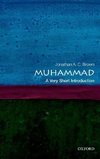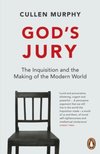
-
 Anglický jazyk
Anglický jazyk
Bishops of Utrecht
Autor: Source: Wikipedia
Source: Wikipedia. Pages: 31. Chapters: Archbishops of Utrecht, Bishopric of Utrecht, Ansfried of Utrecht, Johannes Willebrands, Bernardus Johannes Alfrink, Adrianus Johannes Simonis, Wim Eijk, Willibrord, Johannes de Jong, John I, Bishop-Elect of Utrecht,... Viac o knihe
Na objednávku
14.49 €
bežná cena: 16.10 €
O knihe
Source: Wikipedia. Pages: 31. Chapters: Archbishops of Utrecht, Bishopric of Utrecht, Ansfried of Utrecht, Johannes Willebrands, Bernardus Johannes Alfrink, Adrianus Johannes Simonis, Wim Eijk, Willibrord, Johannes de Jong, John I, Bishop-Elect of Utrecht, Frederik V Schenck van Toutenburg, John of Arkel, Willem van Enckevoirt, Bernold, Gregory of Utrecht, Alberic of Utrecht, Wilbrand van Oldenburg, Rudolf van Diepholt, Adalbold II of Utrecht, Floris van Wevelinkhoven, Arnold II van Hoorn, Eoban, David of Burgundy, Balderic of Utrecht, Henricus van de Wetering, Godbald, Frederick of Utrecht, Guy of Avesnes, Henry of the Palatinate, Philip of Burgundy, Conrad, Radboud of Utrecht, Frederick of Blankenheim, Johannes Zwijsen, George van Egmond, Jan III van Diest, Saint Hunger, Henry I van Vianden, Zweder van Culemborg, Andreas van Cuijk, William I, Willem II Berthout, Frederick IV of Baden, Folcmar, Hartbert, Andreas Ignatius Schaepman, Dirk I, Gijsbrecht van Brederode, Johannes Henricus Gerardus Jansen, John II van Sierck, Jan van Virneburg, Baldwin II van Holland, Otto II of Lippe, Arnold I van Isenburg, Theodard of Utrecht, Godfrey van Rhenen, Gozewijn van Randerath, Petrus Matthias Snickers, Frederik II van Sierck, Luidger of Utrecht, Jacob van Oudshoorn, Dirk van Are, Otto III van Holland, Herman van Horne, Ricfried, Burchard, Alberik II, Eginhard, Hamacarus. Excerpt: The Bishopric of Utrecht is a Diocese based in the Dutch city of Utrecht. It was one of the Prince-Bishoprics of the Holy Roman Empire. The Bishopric of Utrecht continued as a state of the Holy Roman Empire from 1024 until 1528, when the secular authority and territorial possessions of the bishopric and its entire worldly power were secularized by Emperor Charles V. The diocese itself continued to exist as an ecclesiastical entity, and in 1559 was elevated to an archbishopric. By 1580 the Protestant Reformation in Utrecht and surrounding regions rendered impossible several attempts to effectively continue the ecclesiastical archdiocese, after the death of archbishop Frederik V Schenck van Toutenburg. The ecclesiastical archbishopric or archdiocese was reinstated in 1853 as the Roman Catholic Archdiocese of Utrecht by Pope Pius IX. Since the early 18th century Old Catholic dissidents have claimed the restoration of the archdiocese took place as early as 1723 by the election and episcopal consecration of Cornelius van Steenoven, enthroned, consecrated and elevated in a so-called schuilkerk by certain members of Utrecht Catholic clergy without papal approval. The Diocese of Utrecht was established in 695 when Saint Willibrord was consecrated bishop of the Frisians at Rome by Pope Sergius I. With the consent of the Frankish ruler, Pippin of Herstal, he settled in an old Roman fort in Utrecht. After Willibrord's death the diocese suffered greatly from the incursions of the Frisians, and later on of the Normans. Willibrord was most probably instated as archbishop, having received the pallium during his life; but it is uncertain why and when exactly this title was lost in later times. Better times appeared during the reign of the Saxon emperors, who frequently summoned the Bishops of Utrecht to attend the imperial councils and diets. In 1024 the bishops were made Princes of the Holy Roman Empire and the new Prince-Bishopric of Utrecht was formed. The secular territory over
- Vydavateľstvo: Books LLC, Reference Series
- Rok vydania: 2013
- Formát: Paperback
- Rozmer: 246 x 189 mm
- Jazyk: Anglický jazyk
- ISBN: 9781156089545
